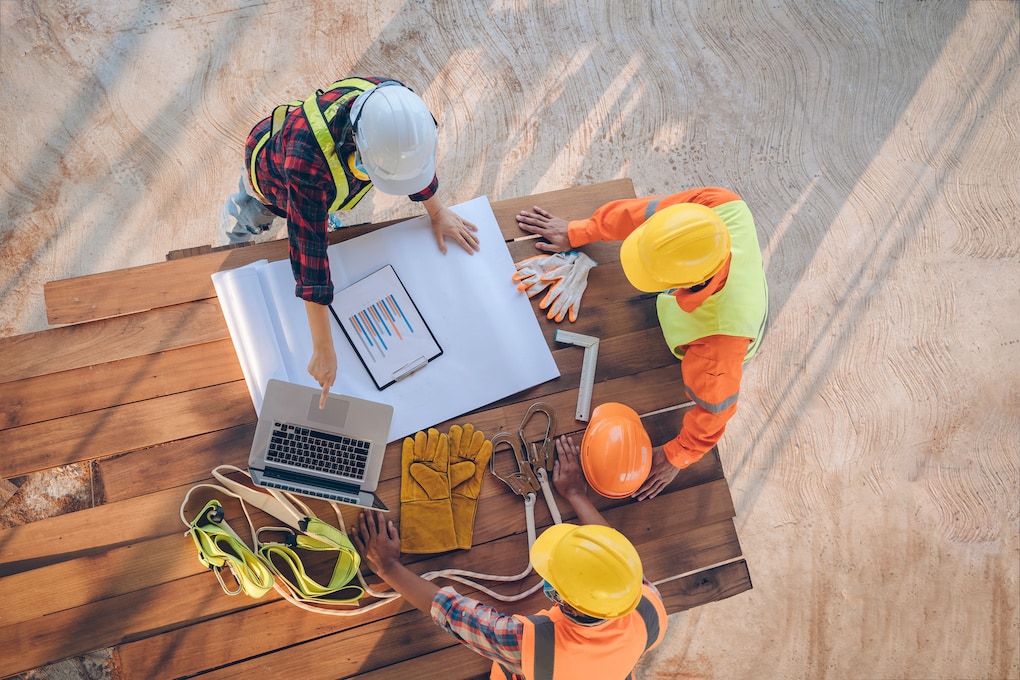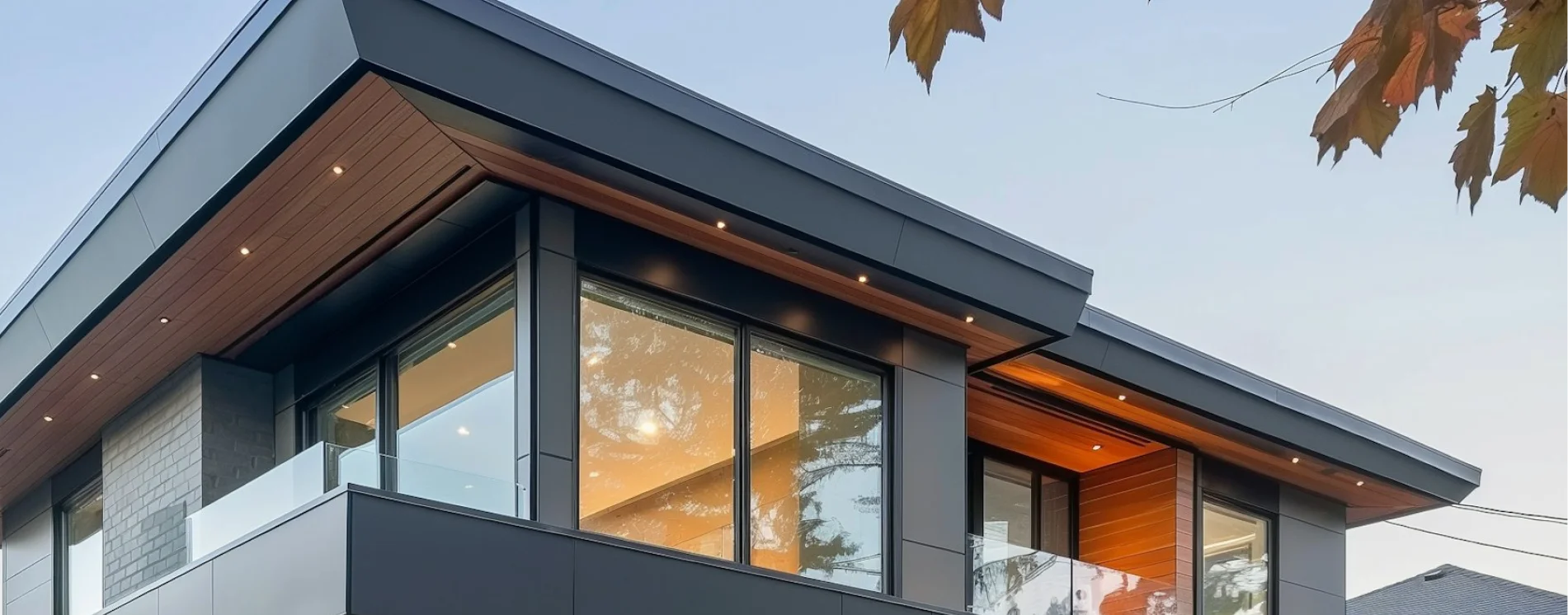


Starting a new build is exciting, but it can also feel overwhelming without a solid plan. Between securing permits, setting budgets, and finalising designs, there’s a lot to manage before the first day on site. Without structure, even small oversights can cause major delays later.
That’s where pre-construction planning comes in. It turns ideas into an actionable roadmap, helping you stay organised and confident at every stage.
In this article, we’ll unpack what pre-construction planning involves, why it matters, and how it sets your project up for success.
Pre-construction planning is the stage where every idea, requirement, and cost is clearly defined before the first day on site. It brings together the design, budget, schedule, and scope so that everyone involved understands exactly what needs to happen and when.
This process involves reviewing the site, setting realistic timelines, estimating costs, and obtaining necessary permits or approvals. It’s also when potential risks and challenges are identified early, saving time and money later.
In short, pre-construction planning turns a concept into a clear action plan. By investing time in this stage, you create a strong foundation for smoother construction, better communication, and fewer unexpected surprises along the way.

Strong pre-construction planning does more than organise a project. It sets the tone for clear communication, better budgeting, and smoother construction from day one. Here’s how good planning makes all the difference.
Early planning helps identify potential challenges before they escalate into costly problems. With accurate budgets, realistic schedules, and clear coordination, the project runs on time, minimising unexpected expenses and unnecessary downtime throughout construction.
When everyone shares the same plan, decisions are faster and clearer. Builders, designers, and clients stay informed at every step, reducing confusion and keeping all aspects of the project aligned and well-managed.
Thorough preparation ensures every stage meets safety regulations, council approvals, and design expectations. With proper documentation and oversight, the result is a build that performs well, looks refined, and passes all required inspections.
Having a defined roadmap eliminates uncertainty and second-guessing. Homeowners can feel confident knowing every detail has been considered, allowing them to enjoy the process rather than worry about unexpected challenges along the way.
Good planning leads to better design choices, stronger materials, and improved construction methods. This not only enhances the home’s lifespan but also increases its long-term value, efficiency, and overall satisfaction after completion.

Pre-construction planning unfolds in several important stages, each building on the last. Understanding how these steps work together helps create a smoother, more efficient process from concept to completion.
This stage involves reviewing the land, soil, and surrounding environment to identify opportunities and limitations. Understanding these factors early helps shape a design that fits the site and prevents costly rework later on.
Design development turns initial ideas into detailed plans ready for construction. Architects, engineers, and builders collaborate to refine layouts and materials while securing the necessary council permits and regulatory approvals.
Careful budgeting ensures resources are allocated efficiently. By estimating labour, materials, and permit costs in advance, clients gain financial clarity while builders maintain control of expenses throughout the entire construction process.
Planning a realistic schedule keeps the project running smoothly. Each milestone, from permit approvals to site work, is mapped out to maintain steady progress and avoid delays caused by overlapping trades or late materials.
Identifying risks early prevents small issues from becoming serious obstacles. This includes accounting for weather conditions, site access, and supply challenges, allowing the team to adjust plans and keep the project on track.

Skipping the planning stage might seem like a way to save time, but it often leads to expensive setbacks. Here are common mistakes that can impact quality, cost, and timing.

Selecting the right team makes all the difference. A reliable pre-construction partner ensures accuracy, efficiency, and trust throughout the process. Here are key factors to consider when making your choice.
Look for a partner with proven expertise in similar projects. Experienced builders understand how to anticipate challenges, coordinate multiple teams, and deliver strong results without compromising timelines or design intent.
Look for a partner with a proven track record in similar projects. Experienced builders understand how to manage complexity, anticipate issues, and deliver results that align with both design and budget goals.
Clear communication is essential throughout planning and construction. Choose a team that listens carefully, responds promptly, and ensures every update, change, or decision is communicated in a straightforward and transparent manner.
A well-structured management process keeps projects organised and predictable. The right partner uses systems for scheduling, budgeting, and documentation to ensure every stage runs smoothly from early planning through to final construction.
Quality begins long before building starts. A good partner reviews every detail, checks documentation thoroughly, and upholds safety and design standards to ensure lasting value and a flawless project outcome.
Trustworthy builders prioritise honesty and accountability. They provide detailed quotes, realistic schedules, and consistent communication, helping clients feel informed, supported, and confident throughout the entire pre-construction and building process.

Romaac Group approaches pre-construction planning with careful coordination and planning. Each project begins with collaboration between designers, engineers, and project managers to ensure that every technical and creative detail is addressed before construction begins.
This early teamwork helps prevent design conflicts and reduces the risk of costly changes once work starts. The team reviews site conditions, council requirements, and material availability to ensure every part of the plan is practical and achievable.
Accurate budgeting and realistic scheduling are key to Romaac’s approach. Clients receive clear cost breakdowns, reliable timelines, and regular updates so decisions are made with confidence and transparency.
Throughout the process, Romaac maintains strong communication and quality control. Every step is guided by careful planning, accountability, and a commitment to high standards. When construction begins, there are no surprises, only a clear path forward that reflects the shared vision and goals set from the very start.
Pre-construction planning sets the tone for everything that follows. It shapes timelines, budgets, and outcomes long before the first brick is laid, turning a complex process into a clear, manageable path forward.
With careful preparation, you can avoid delays, control costs, and ensure your build runs smoothly from concept to completion. The right plan creates confidence at every step and protects the quality of your final result.
If you’re ready to start your next project on solid ground, contact Romaac Group today. Our team can guide you through every stage of planning to ensure your build begins with success in mind.


